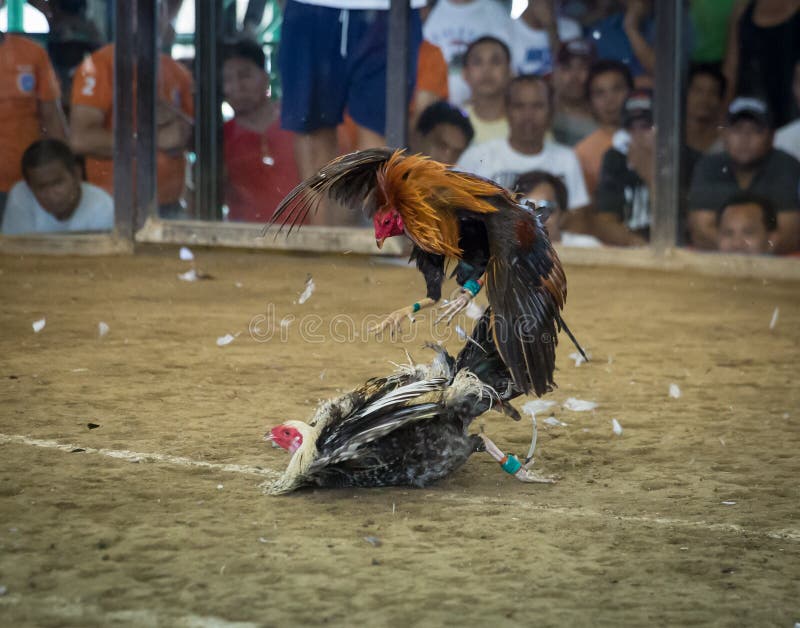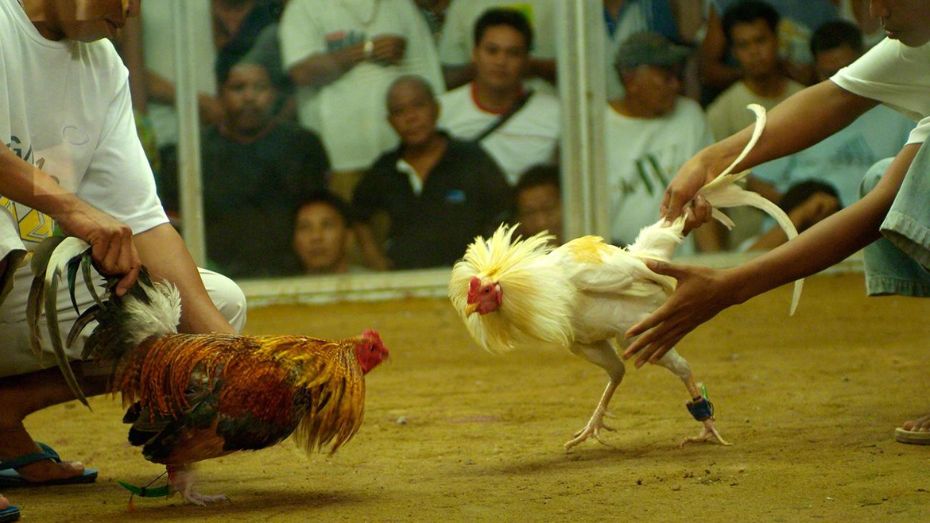Lessons Learned from a Sabong Grandmaster: Building a Winning Mindset
Lessons Learned from a Sabong Grandmaster: Building a Winning Mindset
Blog Article
Keys of the Sabong Grandmaster: Grasping the Art of Cockfighting
The intricate world of cockfighting, specifically as practiced by the Sabong Grandmaster, provides a remarkable research study in the assemblage of animal habits, training approaches, and competitive method. To truly comprehend the nuances of this art kind, one should discover how the Grandmaster balances the psychological and physical elements of fowl training while navigating the honest factors to consider fundamental in this traditional technique. What are the essential understandings that separate the remarkable from the average in this realm? Comprehending this can redefine one's viewpoint on the sport and its practitioners.
Background of Cockfighting

As the centuries proceeded, cockfighting spread throughout different continents, adapting to social dynamics and neighborhood custom-mades. In medieval Europe, it obtained popularity amongst the nobility, who regarded it as a display of wealth and condition. By the 17th century, the sporting activity had established itself in England, resulting in the development of formalized rules and policies.
In the Americas, especially in the Caribbean and the Philippines, cockfighting took on special features affected by early american histories and aboriginal methods. Today, while the sport continues to be controversial and faces lawful challenges in many areas, its historic significance remains to stimulate conversations about pet civil liberties, cultural heritage, and social worths. The development of cockfighting reflects wider styles of human communication with nature and the intricacies of custom.
Recognizing Fowl Behavior
Comprehending fowl actions is crucial for those entailed in the sporting activity of cockfighting, as it straight influences efficiency, health and wellness, and training. Fowls show a variety of actions that can indicate their psychological and physical states. Notably, aggression, territoriality, and social pecking order play substantial roles in their demeanor.
Hostility is a natural reaction in roosters, primarily driven by the requirement to assert prominence. Observing communications among fowls can expose their chain of command, which is critical for handling their environment. A positive fowl displays a much more assertive stance, while a passive one may show indicators of stress and anxiety or anxiety, such as crouching or avoiding eye contact.

Training Strategies for Champions
Effective training methods are vital for creating champ fowls that master the affordable field of cockfighting. A methodical technique ensures that each bird reaches its complete possibility, integrating physical fitness with psychological stamina.
To start, establishing a constant training program is important - Sabong Grandmaster. This includes day-to-day workouts that enhance strength, agility, and endurance. Regimens may entail regulated competing sessions with both synthetic and real-time challengers to imitate competitors, enabling roosters to hone their battling abilities in a safe setting
Integrating agility drills, such as barrier training courses and jumping exercises, significantly enhances a fowl's physical capabilities. Furthermore, presenting varied surface areas and surfaces can improve their versatility throughout fights.
Mental training needs to not be neglected. Familiarizing the birds with the noises and views of an affordable environment can decrease anxiety and stress and anxiety on fight day. In addition, favorable reinforcement strategies, such as gratifying desirable actions, can infuse confidence in the fowls.
Lastly, maintaining a calmness and assertive visibility throughout training sessions promotes count on in between the trainer and the rooster, important for attaining optimal efficiency. With each other, these methods create a detailed training program that grows champions ready to master the field.
Health and Nutrition Fundamentals

Including a mix of barley, corn, and wheat provides required carbohydrates, while protein resources such as fish meal, soybean meal, or bugs sustain muscular tissue advancement and healing. In addition, including fresh vegetables and fruits can enhance the overall nutritional account, supplying anti-oxidants that boost the immune click for more system.
Hydration is equally important. Access to clean, fresh water should be a priority, as dehydration can significantly affect performance (Sabong Grandmaster). Routine health and wellness examinations are vital to keep an eye on for any kind of prospective health problems or bloodsuckers that can endanger a fowl's condition
Moreover, the timing of feed is critical. Giving nutrients at suitable intervals makes certain that fowls keep power levels throughout their training and recuperation stages. By focusing on these health and wellness and nutrition basics, sabong fanatics can assist their roosters achieve optimal performance in go the affordable field.
Techniques for Successful Suits
Success in cockfighting rest on a combination of tactical prep work and in-ring techniques. Efficient match approaches begin long before the battle, with cautious selection of the fowl. Dog breeders need to prioritize genetic attributes such as stamina, hostility, and strength, making sure that the chosen bird shows a strong family tree of performance.
Training is vital; roosters need to be conditioned through a program that includes exercise, sparring with various other birds, and exposure to numerous environments. This prep work not only develops toughness but additionally enhances the bird's versatility to various opponents.
During the suit, a handler should utilize keen observation and fast decision-making. Recognizing the challenger's strategies permits for timely modifications, such as moving the fowl's stance or motivating a lot more hostile behavior. Timing is important; knowing when to motivate or limit the bird can mean the difference in between triumph and defeat.
Lastly, preserving a calm attitude throughout suits cultivates confidence in the rooster. A balanced method, integrating both mental and physical readiness, eventually causes effective end results in the sector, showing that proficiency in cockfighting is as much regarding technique as it is regarding the birds themselves.
Final Thought
The proficiency of cockfighting, as exemplified by the Sabong Grandmaster, hinges on a thorough understanding of fowl behavior, effective training strategies, and ideal health and nourishment. Eventually, the secrets of the Sabong Grandmaster lie in the unified balance of these elements, making certain the continued legacy of this old sport.
To absolutely comprehend the nuances of this art kind, one should discover exactly how the Grandmaster harmonizes the physical and emotional facets of rooster training while browsing the honest factors to consider intrinsic in this traditional technique.Understanding fowl behavior is crucial for those included in the sporting activity of cockfighting, as it directly affects wellness, training, and performance.Maintaining ideal wellness and nutrition is crucial for ensuring that fowls get to peak performance in the cockfighting field. Giving nourishment at proper periods guarantees that fowls keep power levels throughout their training and healing stages.The proficiency of cockfighting, as exemplified by the Sabong Grandmaster, hinges on a detailed understanding of fowl actions, effective training methods, and page ideal wellness and nourishment.
Report this page